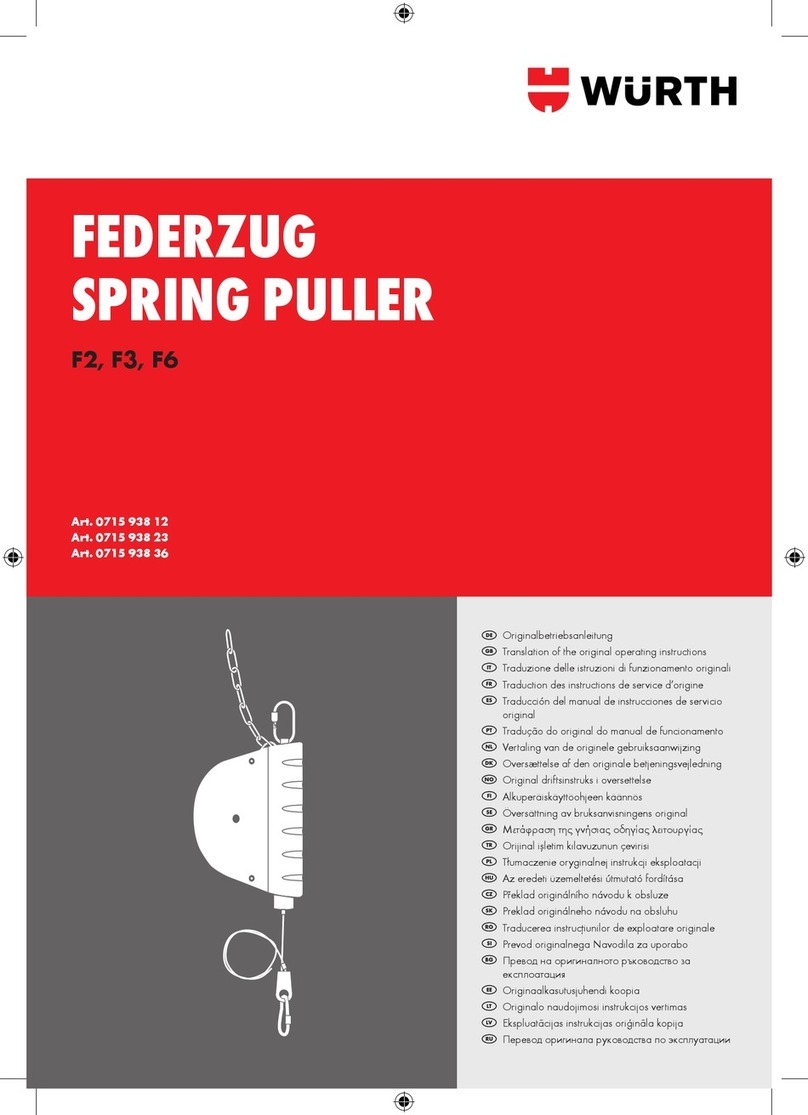
4
PACKING, TRANSPORT AND STORAGE................................................................................................... 6
PACKING ........................................................................................................................................................ 6
LIFTING AND HANDLING............................................................................................................................ 6
STORAGE ...................................................................................................................................................... 6
CRATE STACKING ....................................................................................................................................... 7
OPENING THE CRATES ............................................................................................................................. 7
DISPOSAL OF CRATES .............................................................................................................................. 7
INTRODUCTION WARNING ....................................................................................................................... 7
LIFT SATETY ................................................................................................................................................. 7
THE SAFETY OF LIFTED VEHICLES ....................................................................................................... 7
CONSERVING THE MANUAL .................................................................................................................... 7
LAWS............................................................................................................................................................... 8
CHAPTER 1 DESCRIPTION OF THE MACHINE........................................................................................ 9
1.1 FIXED STRUCTURE (FIG.4) ................................................................................................................ 9
1.2 MOVING UNITS (SEE FIG.4).............................................................................................................. 10
1.3 LIFT UNIT (SEE FIG.4) ........................................................................................................................ 10
1.4 HYDRAULIC POWER UNIT (FIG.5) .................................................................................................. 10
1.5 CONTROL BOX (FIG.6) ........................................................................................................................11
1.6 SAFETY DEVICE ....................................................................................................................................11
CHAPTER 2 TECHNICAL SPECIFICATIONS ........................................................................................... 12
2.1 ELECTRIC MOTOR.............................................................................................................................. 14
2.2 HYDRAULIC UNIT PUMP ................................................................................................................... 14
2.3 OIL ........................................................................................................................................................... 14
2.4 HYDRAULIC OIL DIAGRAM ............................................................................................................... 14
2.5 VEHICLE WEIGHT AND SIZE............................................................................................................ 17
2.6 MAXIMUM DIMENSIONS OF VEHICLES TO BE LIFTED ............................................................ 17
CHAPTER 3 SAFETY .................................................................................................................................... 18
3.1 GENERAL PRECAUTIONS ................................................................................................................ 19
3.2 RISKS OF ELECTRIC SHOCK: ......................................................................................................... 19
3.3 RISKS AND PROTECTION DEVICES .............................................................................................. 19
3.4 LONGITUDINAL AND LATERAL MOVEMENT ................................................................................ 19
3.5 RISKS WHILE THE VEHICLE IS BEING RAISED .......................................................................... 20
3.6 RISKS OF PERSONS .......................................................................................................................... 22
3.6.1 RISK OF CRUSHING (OPEARATOR)....................................................................................... 22
3.6.2 RISK OF CRUSHING (PERSONNEL)....................................................................................... 22
3.6.3 RISK OF IMPACT.......................................................................................................................... 22
3.6.4 RISK DUE TO VEHICLE MOVEMENT...................................................................................... 22
3.6.5 RISK OF VEHICLE FALLING FROM LIFT............................................................................... 23
3.6.6 SLIPPING ....................................................................................................................................... 23
3.6.7 RISK OF ELECTRIC SHOCK ..................................................................................................... 24
3.6.8 RISK OF COMPONENT FAILURE DURING OPERATION. .................................................. 24
3.6.9 RISK RELATED TO IMPROPER USE....................................................................................... 24
3.7 SAFETY INSTRUCTINS FOR SERVICING ..................................................................................... 24
CHAPTER 4 INSTALLATION........................................................................................................................ 25
4.1 INSTALLATION REQUISITE CHECKLIST ....................................................................................... 25




























